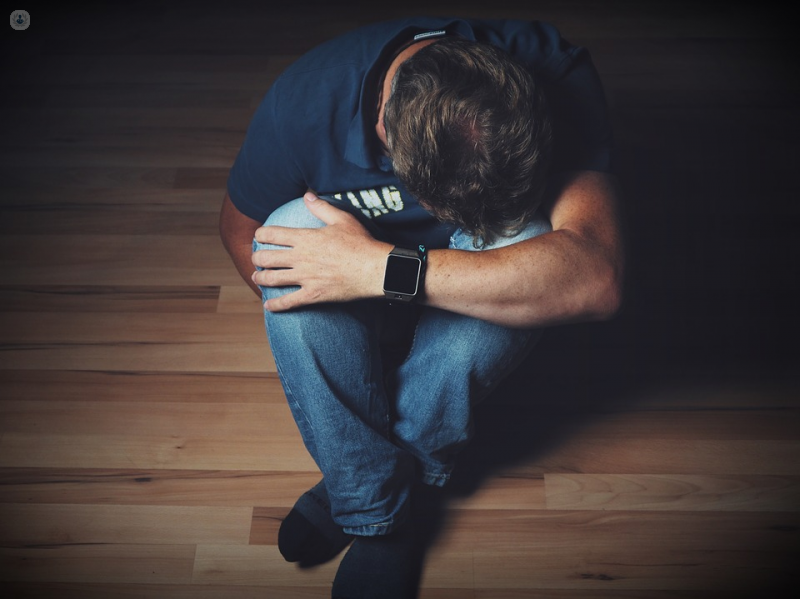



What is an anal abscess?
An anal abscess is an infected, pus-filled cavity near the anus, often appearing as a painful, boil-like swelling. They are most commonly small anal glands that have become infected.
What are the symptoms of an anal abscess?
Superficial anal abscesses usually cause one or more of the following symptoms:
- Constant, throbbing pain, which is accentuated during bowel movements or when sitting down
- Irritated skin around the anus, including redness, tenderness and swelling
- Discharge of pus
- Constipation
Deeper abscesses may cause further symptoms, such as:
- Tiredness
- Fever
- Chills
- Night sweats
- Malaise
Causes of anal abscesses
There are different causes of anal abscess:
- Blocked anal glands
- An infected anal fissure (tear in the anal canal)
- Sexually transmitted infections
In addition, there are certain factors that can increase the risk of anal abscess:
- Anal sex (receptive partner)
- Chemotherapy medication
- Diabetes
- Diverticulitis
- Inflammatory bowel disease, e.g. Crohn's disease, ulcerative colitis
- Corticosteroid medications
- Weak immune system
Can anal abscesses be prevented?
Some of the causes, such as diabetes and Crohn’s disease are difficult or impossible to prevent. However, one can take precautions to minimise the risk of developing anal abscesses, such as using a condom during anal sex or getting any soreness of the anal area checked out immediately, so that blocked anal glands or anal fissures can be identified and treated before they become infected.
In the case of infants and young children, frequent nappy changes and cleaning the child’s anal area properly can help prevent anal abscess and fistulas.
What is the treatment for an anal abscess?
An anal abscess will not disappear on its own, so the patient must see a doctor to drain the abscess. The patient usually goes home on the same day of the procedure, although larger abscesses may require hospitalisation and the assistance of an anaesthesiologist.
The doctor may prescribe pain medication for after the procedure. Patients with certain conditions like diabetes or a weak immune system may also be given antibiotics. Patients are advised to bathe the area with warm water e.g. in a bath three or four times a day.
Either at the same time as the abscess is drained or in the weeks following the procedure, the patient may also need fistula surgery to repair the hole or tunnel left behind once the abscess is drained.